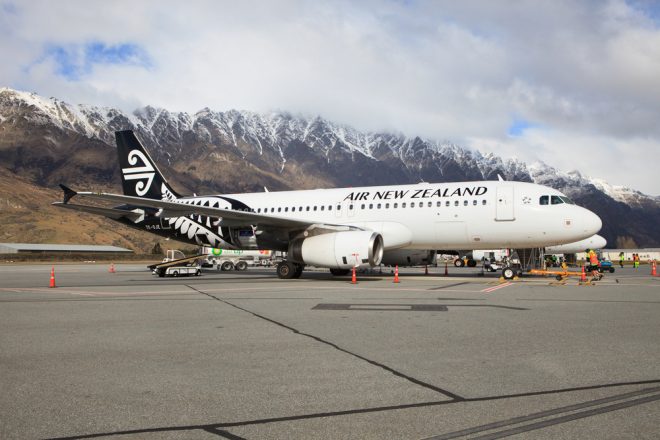一些拼命地试图返回新西兰的人觉得自己在政府最新的边境公告中错过了他们。
政府计划从明年初开放边境放松,旅行者将根据风险水平面临不同的要求。
但是,严格的规则下没有为紧急返回者提供回旋余地。
亚历山德拉·比尔特是住在伦敦的新西兰律师,是一个名为 “接地的新西兰人” 组织的一员。
它向议会提交了一份请愿书,呼吁对 MIQ 系统进行彻底改革。
Birt 起草了该组织的请愿书,并表示欢迎允许一些接种疫苗的人在家中隔离的计划,以及为返回者采取基于风险的方法。
但是她说昨天的消息让她心情沉重。
“说实话,我们有点失望,因为这些公告都涉及 2022 年以及未来某个未知的时间点,但并不寻求解决我们目前看到的 MIQ 的任何根本问题。”
Birt 说,迫切需要回家的新西兰人仍在努力获得豁免。
她说:“我们昨天的公告中没有听到任何关于紧急分配过程是否会有任何变化。”
“对于那些确实符合标准的人来说,他们无法进入,因为没有足够的空间-关于是否会为紧急情况下的人增加空间没有说过。”
而对于海外的新西兰人试图在臭名昭著的超载预订系统中抢到 MIQ 位置,没有任何缓解。
“很多新西兰人的感觉是有一个计划,太棒了。
“但是,目前的状态怎么样?政府现在要做什么?
“这就是人们在说的话,’因为没有任何改变,我坐这两个小时的意义是什么’。”
还有其他人试图朝另一个方向前进,但无法保证能够在回来的路上能得到一张床位。
奥克兰居民迈克·摩尔 (Mike Moore) 和成千上万的人试图在有管理的隔离中预订一个位置,却陷入了死胡同。
他的兄弟住在英国,几个月前意外去世,他想亲自养家人。
但由于 MIQ 没有空位,也不能保证他什么时候能回来,因此他暂停了预订。
他说他已经接受了他无法很快探望家人的事实。
他说:“这个建议你只是不断地检查一个永远无法访问的网站,就像邀请你跳进一条没有尽头的隧道。”
“好像没有什么比在网站上重复刷新更好的办法,希望找到一些可预定床位是徒劳的。”
迈克说,MIQ 系统存在瓶颈,需要开放更多的空间。
他说:“如果旅馆没有房间,旅馆就真的没有房间。”
“你围绕这个问题提供什么机制无关紧要,根本问题是漏斗已经完全满。”
但是,新西兰老年护理协会已经给予了新措施的初步大拇指。
首席执行官西蒙·华莱士表示,前线迫切需要员工。
他说:“我们有 350 名护士在海外等着,他们有工作机会可以在新西兰从事老年护理工作。”
“我们认为,新西兰人的自我隔离计划将为这些国际护士腾出更多空间,并为这些国际护士提供 MIQ”
华莱士说,他与政府联系,要求在 MIQ 中为从事老年护理工作的医务人员提供环围栏。
外籍人士对MIQ管理感到失望





























































